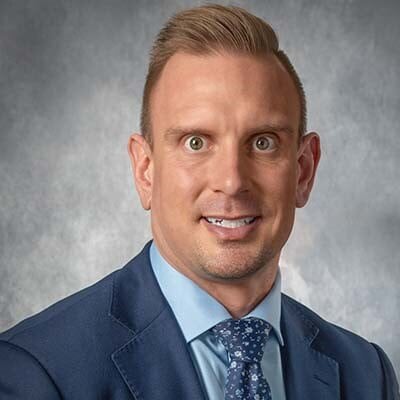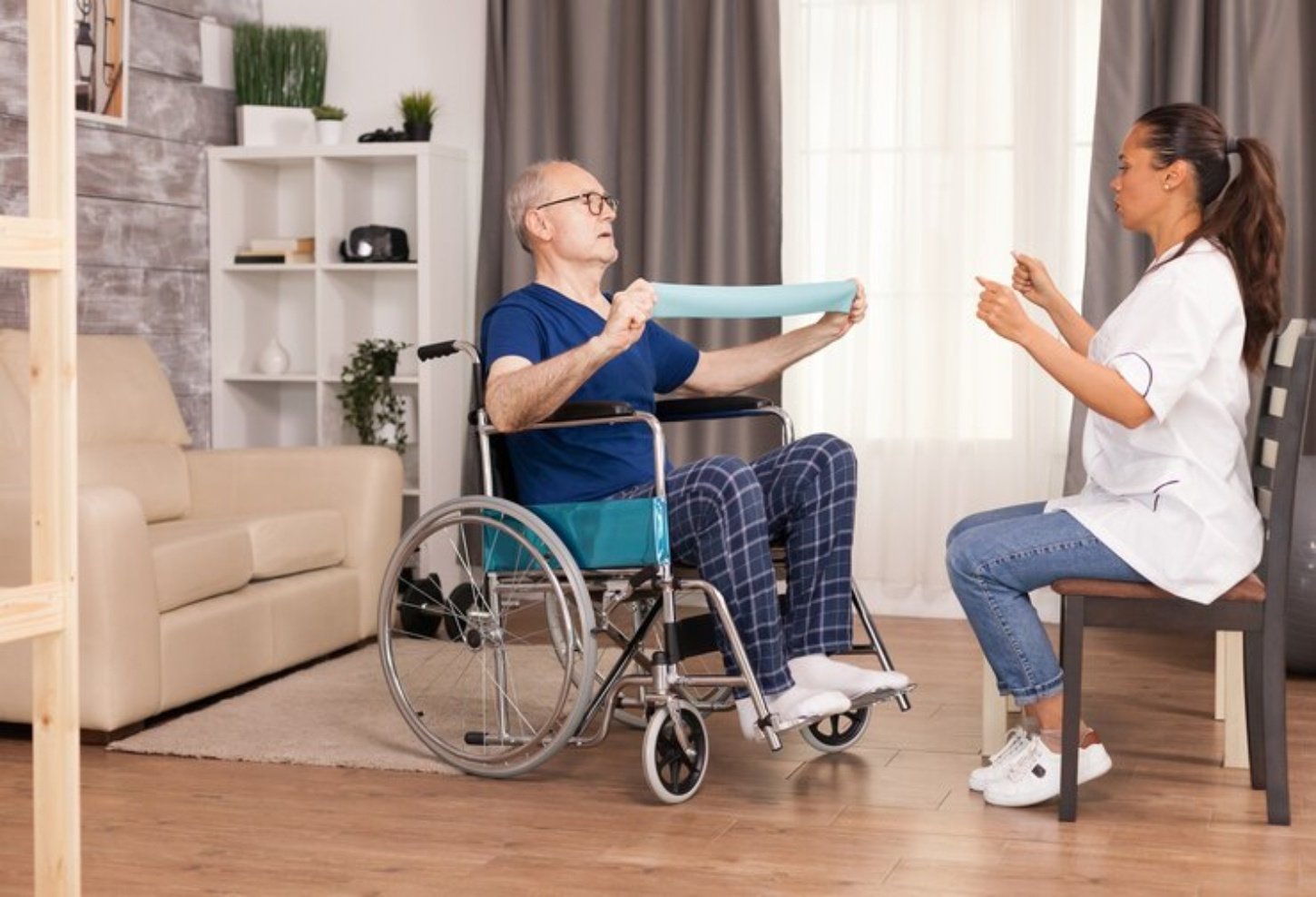
Falls are a frequent challenge in skilled nursing facilities (SNFs), often arising from the complex interplay of aging physiology, mobility limitations, and medical comorbidities. While environmental factors can contribute, many falls occur despite attentive care and well-structured support systems. Rather than attributing falls to oversight, it is essential to understand the multifactorial nature of these incidents and the vital role a physiatrist can play in preventing them.
Understanding Why Falls Happen
Falls among older adults are rarely caused by a single issue. They often reflect underlying vulnerabilities such as:
- Muscle weakness and poor balance
- Vision impairment
- Cognitive decline, including dementia or delirium
- Medication side effects (for example, dizziness from sedatives or antihypertensives)
- Urinary urgency or incontinence
- Use of mobility aids or a history of prior falls
- Neurological disorders such as Parkinson’s, Huntington’s disease, or seizure disorders
Additionally, environmental contributors such as cluttered pathways, low lighting, ill-fitting wheelchairs, or improperly positioned equipment can increase risk even in otherwise well-maintained SNFs.
Rethinking ER Transfers After Falls
It is a common misconception that every patient who experiences a fall must be sent to the emergency room (ER). In fact, many falls can be safely evaluated and managed in place, especially if:
- The fall was witnessed and there are no signs of injury
- The patient has intact cognition and can reliably report symptoms
- There are no red flags such as anticoagulant use, head trauma, or significant pain
However, certain situations do necessitate a higher level of evaluation. These include unwitnessed falls in cognitively impaired patients or if there is suspicion of serious injury, such as head trauma or fracture. Clinical judgment supported by an interdisciplinary team should guide decision-making.
The Role of Physiatry in Fall Prevention
Physiatrists (Physical Medicine and Rehabilitation physicians) are uniquely positioned to lead fall prevention strategies in SNFs. Their expertise in musculoskeletal and neurological conditions enables them to:
- Assess functional limitations and gait abnormalities
- Optimize mobility aids and orthotics
- Guide therapeutic interventions for strength, balance, and endurance
- Recommend medication adjustments to reduce fall risk
- Coordinate with nursing, therapy, and pharmacy to build patient-specific prevention plans
By integrating regularly with the care team, physiatrists can help reduce preventable falls, improve outcomes, and promote safe mobility.
Building a Proactive Fall Prevention Program
Effective fall prevention requires a layered and individualized approach:
- Environmental enhancements: Install grab bars, improve lighting, and ensure proper use of assistive devices
- Functional interventions: Encourage strength training, balance exercises, and physical therapy
- Medication review: Deprescribe high-risk medications when appropriate
- Cognitive support: Monitor for delirium and address memory impairments that impact safety
- Caregiver education: Train staff to identify subtle signs of instability and fatigue
Why Fall Prevention Plans Matter
Beyond the physical consequences, falls can lead to psychological impacts such as fear of movement, social withdrawal, and loss of independence. These factors can create a downward spiral that affects quality of life. Proactive fall prevention helps preserve dignity, autonomy, and long-term health.
How Medrina Can Help
Medrina’s integrated care model has shown an 11% reduction in falls across partner facilities. Our physiatry-led programs provide:
- Risk assessment and mitigation strategies
- Personalized rehabilitation planning
- Regulatory compliance and documentation support
- Data-driven insights for continuous quality improvement
With Medrina, facilities can enhance safety, reduce costly hospitalizations, and strengthen team-based care delivery.
Let’s Work Together to Reduce Falls
Creating a fall-resilient environment requires a holistic understanding of patient needs and a coordinated team. By involving physiatrists in ongoing care and evaluation, SNFs can elevate their standard of care while keeping patients safe, functional, and supported.
Ready to explore how Medrina can help you build a fall prevention strategy? Contact us today!

Chief Clinical Officer
Dr. Cowling is Board Certified in Physical Medicine and Rehabilitation, with a specialized focus on Subacute Rehab, Orthotics and Prosthetics, and the non-surgical management of Musculoskeletal Injuries. He graduated from Michigan State University College of Osteopathic Medicine and completed his residency and specialty training in PM&R at the University of Wisconsin.
Dr. Cowling has a deep passion for teaching and advancing the field of Physiatry in post-acute care. As Chief Clinical Officer at Medrina, he works to spearhead the advancement of physician protocols, education, and communication within the clinical team.
Other Articles
Maximizing Patient Rehab Outcomes With Physiatry-Led Customized Care Plans
The Impact of Interdisciplinary Care Teams on Post-Acute Care Success
-1.png)





